
The Lick Observatory is an astronomical observatory owned and operated by the University of California. It is on the summit of Mount Hamilton, in the Diablo Range just east of San Jose, California, United States. The observatory is managed by the University of California Observatories, with headquarters on the University of California, Santa Cruz campus, where its scientific staff moved in the mid-1960s. It is named after James Lick.

Seth Barnes Nicholson was an American astronomer. He worked at the Lick observatory in California, and is known for discovering several moons of Jupiter in the 20th century.

Charles Dillon Perrine was an American astronomer at the Lick Observatory in California (1893-1909) who moved to Cordoba, Argentina to accept the position of Director of the Argentine National Observatory (1909-1936). The Cordoba Observatory under Perrine's direction made the first attempts to prove Einstein's theory of relativity by astronomical observation of the deflection of starlight near the Sun during the solar eclipse of October 10, 1912 in Cristina (Brazil), and the solar eclipse of August 21, 1914 at Feodosia, Crimea, Russian Empire. Rain in 1912 and clouds in 1914 prevented results.
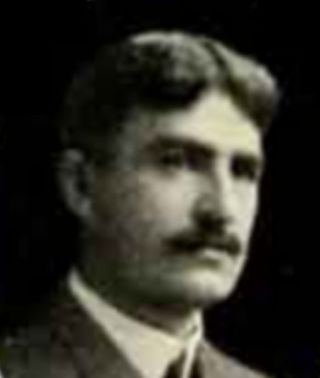
Armin Otto Leuschner was an American astronomer and educator.
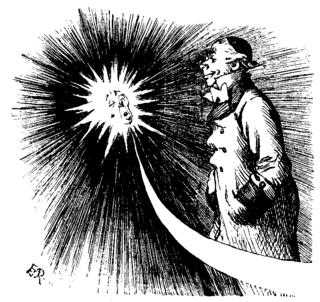
William Frederick Denning was a British amateur astronomer who achieved considerable success without formal scientific training. He is known for his catalogues of meteor radiants, observations of Jupiter's red spot, and for the discovery of five comets. Outside astronomy, as a young man, Denning showed prowess at cricket to the extent W G Grace invited him to play for Gloucestershire. However Denning's retiring nature made him decline the offer.

Robert Julius Trumpler was a Swiss-American astronomer.
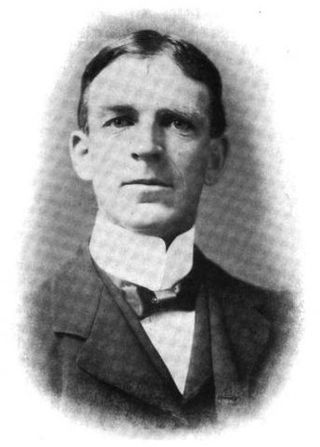
William Wallace Campbell was an American astronomer, and director of Lick Observatory from 1901 to 1930. He specialized in spectroscopy. He was the tenth president of the University of California from 1923 to 1930.
The Robert J. Trumpler Award of the Astronomical Society of the Pacific is given annually to a recent recipient of the Ph.D degree whose thesis is judged particularly significant to astronomy. The award is named after Robert Julius Trumpler, a notable Swiss-American astronomer (1886–1956).

Elizabeth "Pat" Roemer was an American astronomer and educator who specialized in astronomy with a particular focus on comets and minor planets. She was well-known for the recovery of lost comets, as well as for her discovery of two asteroids, the co-discovery of Jupiter's moon Themisto, and for the asteroid 1657 Roemera that was named in her honor.

Edward Singleton Holden was an American astronomer and the fifth president of the University of California.
Donald Edward Osterbrock was an American astronomer, best known for his work on star formation and on the history of astronomy.
Leuschner Observatory, originally called the Students' Observatory, is an observatory jointly operated by the University of California, Berkeley and San Francisco State University. The observatory was built in 1886 on the Berkeley campus. For many years, it was directed by Armin Otto Leuschner, for whom the observatory was renamed in 1951. In 1965, it was relocated to its present home in Lafayette, California, approximately 10 miles (16 km) east of the Berkeley campus. In 2012, the physics and astronomy department of San Francisco State University became a partner.
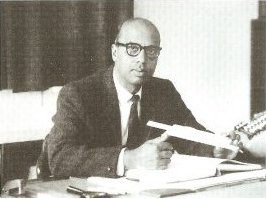
Manali Kallat Vainu Bappu was an Indian astronomer and president of the International Astronomical Union. Bappu helped to establish several astronomical institutions in India, including the Vainu Bappu Observatory which is named after him, and he also contributed to the establishment of the modern Indian Institute of Astrophysics. In 1957, he discovered the Wilson–Bappu effect jointly with American astronomer Olin Chaddock Wilson.
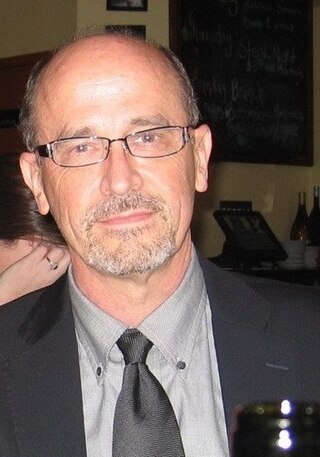
Nicholas B. Suntzeff is an American astronomer and cosmologist. He is a University Distinguished Professor and holds the Mitchell/Heep/Munnerlyn Chair of Observational Astronomy in the Department of Physics & Astronomy at Texas A&M University where he is Director of the Astronomy Program. He is an observational astronomer specializing in cosmology, supernovae, stellar populations, and astronomical instrumentation. With Brian Schmidt he founded the High-z Supernova Search Team, which was honored with the Nobel Prize in Physics in 2011 to Schmidt and Adam Riess.

Andrew Fraknoi is a retired professor of astronomy recognized for his lifetime of work using everyday language to make astronomy more accessible and popular for both students and the general public. In 2017 Fraknoi retired from his position as Chair of the Department of Astronomy at Foothill College. In retirement he continues to teach through the Fromm Institute for Lifelong Learning and the Osher Lifelong Learning Institute at San Francisco State University, to give public lectures, and to add to his body of written work. He is the recipient of numerous awards and honors in his field.

Gao Xing is a Chinese amateur astronomer from Ürümqi, Xinjiang, China. He built Xingming Observatory (星明天文台) in 2006 and discovered Comet C/2008 C1 (Chen-Gao) on February 1, 2008 with Chen Tao from Jiangsu and Comet P/2009 L2 (Yang-Gao) on June 15, 2009 with Yang Rui from Hangzhou, Zhejiang and Comet C/2015 F5 (SWAN-Xingming) on April 4, 2015 with Guoyou Sun from Wenzhou, Zhejiang, China (...?) and hence won the Edgar Wilson Award for 2008.

Sutherland Astronomical Society Incorporated (SASI) is an amateur astronomical society based in the Sutherland Shire, in the southern suburbs of Sydney, Australia. It operates the Green Point Observatory, it is one of the two founding organizations of the National Australian Convention of Amateur Astronomers, and its members have discovered two comets and two novae.

Nicholas Ulrich Mayall was an American observational astronomer. After obtaining his doctorate from the University of California, Berkeley, Mayall worked at the Lick Observatory, where he remained from 1934 to 1960, except for a brief period at MIT's Radiation Laboratory during World War II.

D. Harold McNamara, Ph.D. was an American astronomer at Brigham Young University and an internationally recognized authority in intrinsic variable and eclipsing binary stars.

The Observatorio Manuel Foster, or Manuel Foster Observatory, is an astronomical observatory constructed on Cerro San Cristóbal near Santiago, Chile in 1903. This site was originally known as the D. O. Mills Observatory after the philanthropist Darius Ogden Mills. It was built as an offshoot of the Lick Observatory to observe stars in the southern hemisphere, and, under the direction of the American astronomer W. W. Campbell, was used in an extensive project to determine the apex of the Sun's motion through space.


















